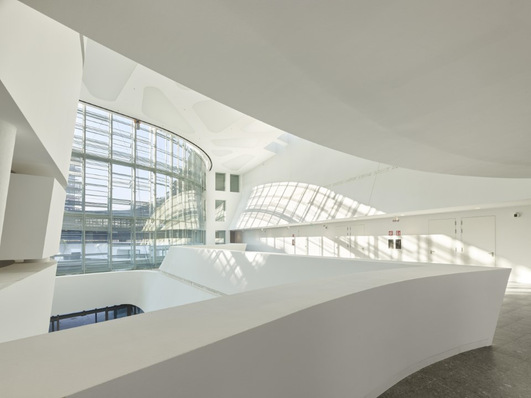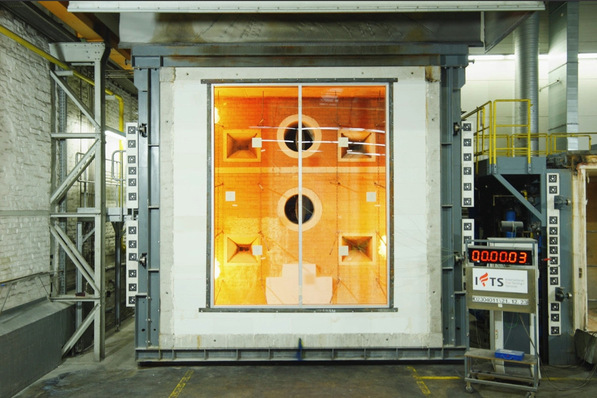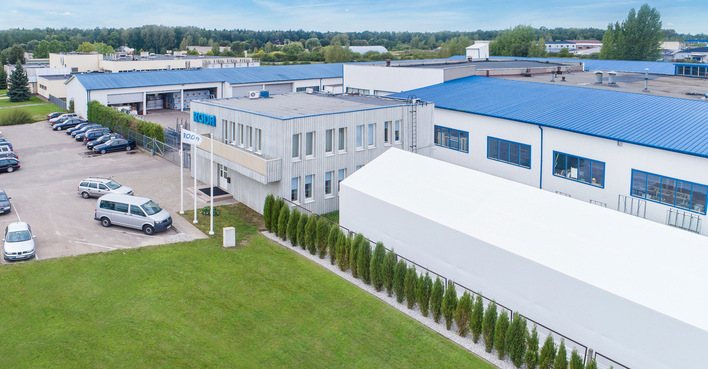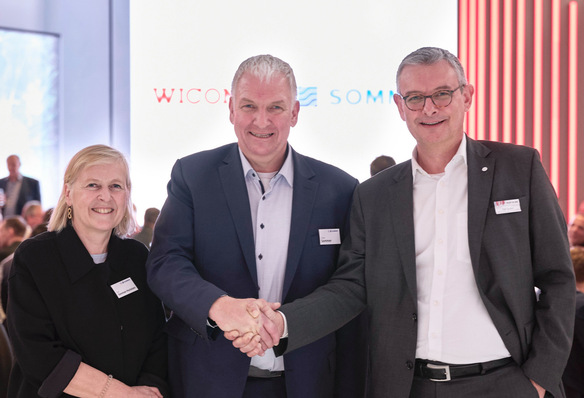Situated in the shadow of Saint-Denis Cathedral, the industrial city of Saint-Denis in the north of Paris has been undergoing a process of degeneration with the decline of local industry. But the coming of the Olympic Games to Paris are giving the area a boost. Well-known media and service companies have settled here and, according to the city planners, a lively quarter for living and working is being created, which is also developing into a stronghold of French timber construction.
For the Olympic Village, which will be built in Saint-Denis by 2024, all buildings under eight stories must be constructed in wood, and taller buildings must at least be designed to be as low-carbon as possible. Thanks to its natural insulating properties, its natural ability to store carbon and its ease of recycling, wood from sustainably managed regional forests is an ideal ecological building material. Factory-prefabricated timber frame elements also make timber construction projects increasingly economical compared to classic reinforced concrete construction.
Eco-district in centre of Paris

Edgetech
Then there is the 30-hectare eco-district ZAC de la Montjoie in the centre of Paris, where particularly strict specifications apply for the promotion of biodiversity and the use of sustainable materials such as wood. In 2020, BNP Paribas Real Estate implemented one of the largest, large-scale European projects in timber construction here with the 7-story office complex. "The Curve", designed by the Chartier Dalix architecture firm, houses around 1,600 workplaces, catering facilities and a gym on an area of 24,400 square metres. The curved basic form leaves room for 1,400 square metres of open space, and two green spaces planted with trees create a clear line between the building and the street.
[Facade in Paris that breaks up sound waves from rail traffic]
The basic structure is formed by 5,000 cubic metres of cross-laminated timber elements from Binderholz; only the building core and the four basement levels are made of low-carbon concrete. BNP Paribas is more committed to sustainability than almost any other real estate developer. The Curve undercuts the energy consumption limits of 50 kWh per square metre on average according to the RT2012 thermal insulation regulations by 40 per cent and was designed to comply with HQE Exceptional, Effinergie+ and BREEAM certifications. All bidders were invited to submit proposals for materials with the lowest possible carbon footprint.
Plane and curved panes form a visual unit

Edgetech
The 10,000 square metre-element facade, realized by Metal Yapi, is also part of the sustainable overall concept. In order to flood the offices with as much natural daylight as possible, floor-to-ceiling window areas with windings of between 1,000 and 2,000 mm and a height of 3,285 mm were planned. Saint-Gobain Pietta manufactured the double glazing. In order to find the ideal compromise between comfort, aesthetics and energy efficiency, an extremely transparent and highly selective solar control glass from Saint-Gobain was chosen.
[Super Spacer for the Eiffel Tower]
The insulating glass units for the rounded building corners were concavely and convexly curved at Döring Glas in Berlin. The asymmetrical pane structure consists of an outer laminated glass with COOL-LITE XTREME 70/33 coating on the inside, 16 mm Super Spacer Triseal Premium Plus Black as a warm edge, and an 8 mm float glass.

Edgetech













